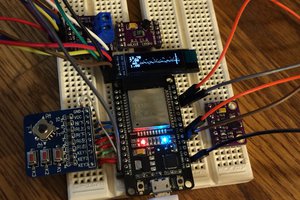History
Under the sponsorship of SpaceGAMBIT, the hackerspace space program, we developed an open-source prototype mechanical counterpressure space suit at Mojave Makers, Project SilSuit. The aim of the design was to use the mechanical pressure design to make a suit that is lighter, smaller and more mobile than current gas-pressurized space suits. We started in August 2013 and completed Generation 1 of the suit on February 2014. We started Generation 2 thereafter based on what we learned from Generation 1. We completed Generation 2's development as of December 2014 with partner, Issyroo Farms.
Robert McBrayer making molds of a subject's arm from which parts can be molded for the space suit sleeve.
Photo Credit Doug Messier of ParabolicArc.com
SpaceGAMBIT Generation 1 Project Page: http://www.spacegambit.org/silsuit/
Issyroo Farms Generation 2 Project Page: http://issyroo.org/?page_id=149
Concept
Generation 2 started following the example of MIT's BioSuit and using Lines of Non-Extension (LONEs) to develop a design that allows the suit to provide mechanical pressure and permit full movement of the wearer. LONEs are lines along the skin of the human body that do not change length over the body's full range of movement.
Diagram of Lines of Non-Extension (LONE) by Briner, 2011 for the development of an elastic-powered climbing exoskeleton.
As a mechanical pressure space suit is rigid by design to provide pressure, it can be quite restraining to the wearer. However, if the suit is made of a fabric biased with its rigid weave parallel to the LONEs, the user can have free movement as there are no rigid threads going against the body's natural motion and they can have the rigidity required to provide mechanical pressure.
As our research progressed, we found the source material for mechanical counterpressure space suit technology and used the new information gathered to further improve our design.
 spacefelix
spacefelix
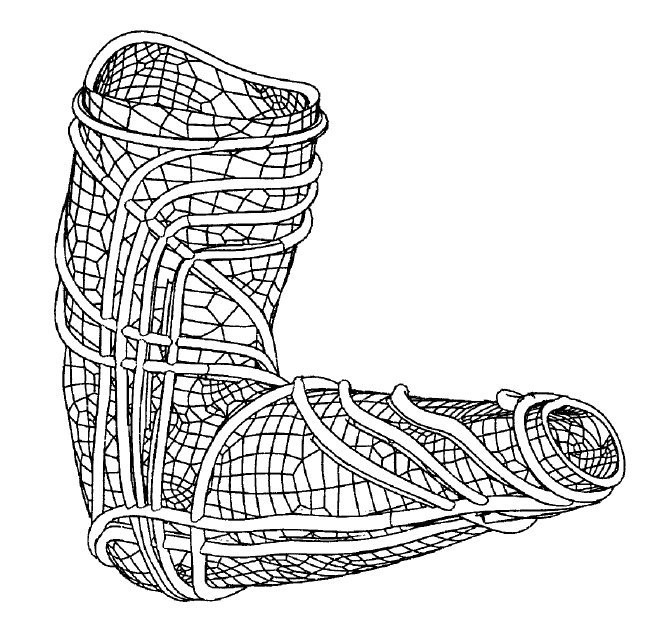
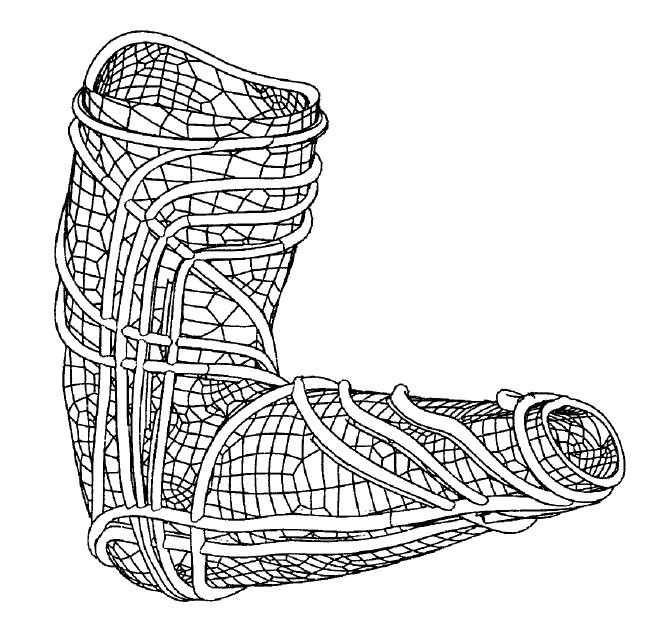
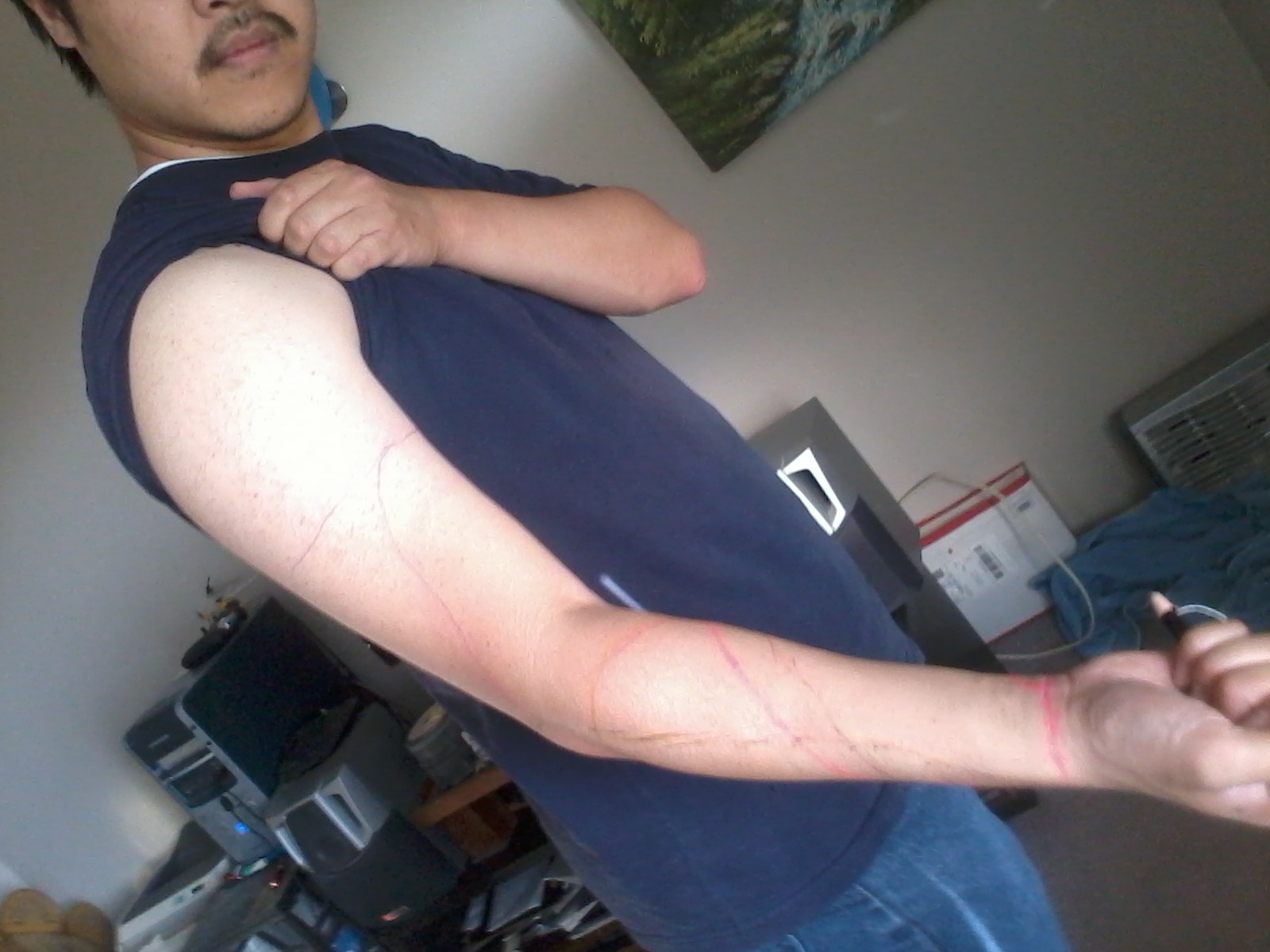


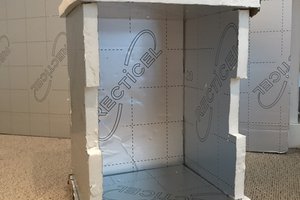
 pharoak
pharoak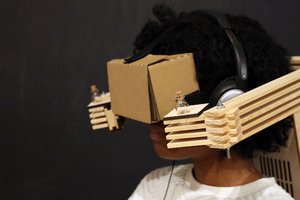
 Michael Kenney
Michael Kenney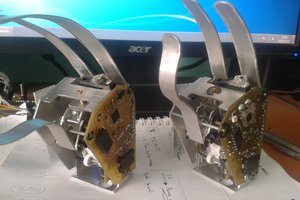
 Ignacio Acosta Pineda
Ignacio Acosta Pineda